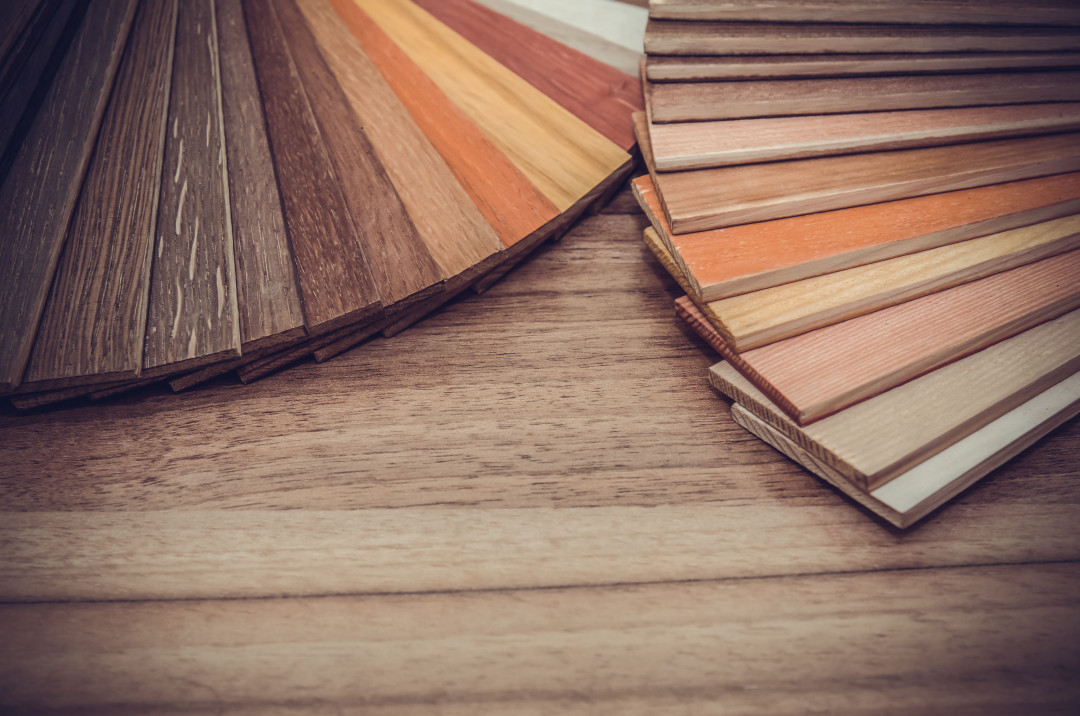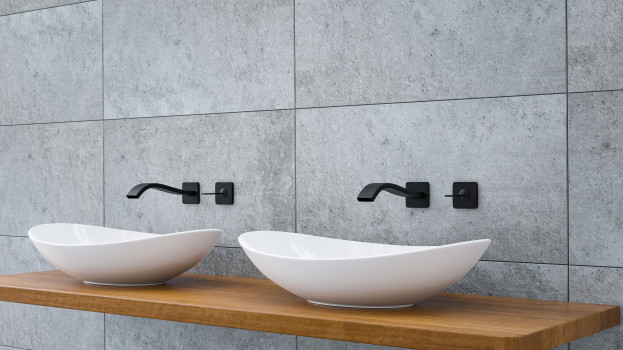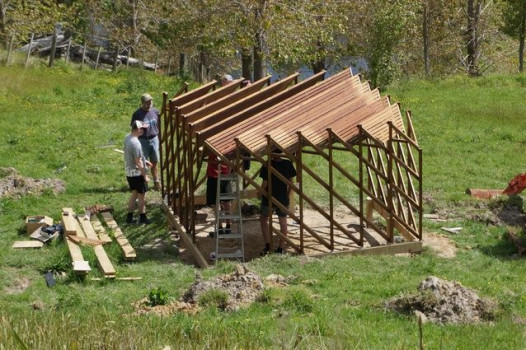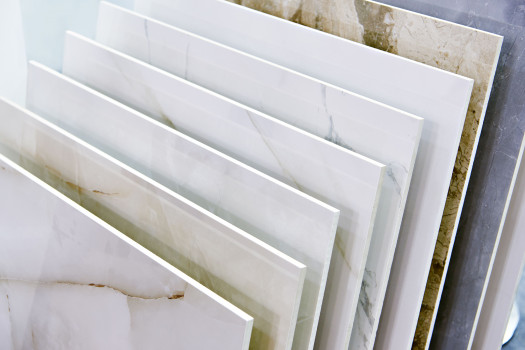Hardwood Flooring: Everything You Need To Know




In this comprehensive guide, we'll walk you through everything you need to know about hardwood flooring, from the diverse range of options available, to installation methods, upkeep strategies, eco-friendly choices, design inspirations, and prudent budgeting tips.
Species of Hardwood Flooring
Oak: Celebrated for its robustness and versatility, oak offers a spectrum of hues and grains to suit various décor themes.
Maple: With its sleek, light tones and smooth texture, maple exudes modern sophistication and timeless appeal.
Cherry: Radiating warmth with its deep, reddish-brown hues, cherry hardwood infuses spaces with an inviting ambience.
Walnut: Luxurious and distinctive, walnut hardwood showcases rich, dark tones and intricate grain patterns, lending opulence to interiors.
Hickory: Renowned for its resilience, hickory hardwood boasts a unique grain pattern that adds character and charm to any room.
Exotic Hardwood Varieties:
Brazilian Cherry: Renowned for its durability and rich hues, Brazilian cherry hardwood adds a touch of exotic allure to interiors.
Tigerwood: With its distinctive striped pattern and vibrant colours, tigerwood hardwood makes a bold and captivating statement in any setting.
Mahogany: Exuding warmth and sophistication, mahogany hardwood feature a lustrous reddish-brown hue and a smooth, elegant grain.
Grading System in Hardwood Flooring:
The grading system utilised in hardwood flooring serves as a method of categorising wood planks according to their appearance and quality. This system aids both consumers and professionals in comprehending the attributes of the wood and selecting the most appropriate option to meet their requirements. Generally, the grading system encompasses multiple categories, each indicative of varying degrees of natural features and imperfections inherent in the wood. These categories commonly encompass Select, No.1 Common, and No.2 Common, although variations may exist based on manufacturer specifications or industry norms.
Select: Offers a pristine, uniform appearance with minimal imperfections, ideal for creating a refined and polished look.
No.1 Common: Embraces natural variations and character markings, imparting a rustic charm and authenticity to the flooring.
No.2 Common: Embraces the natural knots, streaks, and imperfections, lending a rustic and organic feel to the space.
Engineered vs. Solid Hardwood:
Engineered Hardwood: Constructed with multiple layers for enhanced stability, engineered hardwood withstands fluctuations in humidity and temperature, suitable for diverse environments.
Solid Hardwood: Crafted from a single piece of wood, solid hardwood epitomises longevity and can be refinished multiple times to retain its allure.

Hardwood Flooring Installation
Knowing how to install hardwood flooring is crucial for architects, homeowners, and design professionals. It's not just about putting down pretty floors; it's about creating spaces that look amazing, last for years, and add value to your home or project. Whether you're designing your dream house or working on a commercial space, having the skills to install hardwood flooring properly means you can create beautiful, long-lasting interiors that everyone will love.
A. Subfloor Preparation:
Ensuring a level and clean subfloor is paramount to a successful hardwood flooring installation, preventing issues such as warping and unevenness.
Addressing imperfections and leveling the subfloor using appropriate compounds ensures a flawless foundation for the hardwood planks.
B. Installation Techniques:
Nail Down Installation: Securing hardwood planks to the subfloor using nails or staples ensures a sturdy and permanent attachment.
Glue Down Installation: Adhering hardwood planks directly to the subfloor with adhesive creates a seamless and resilient bond.
Floating Installation: Installing hardwood planks over an underlayment without adhesive facilitates expansion and contraction, ideal for certain environments.
C. Moisture Management:
Installing moisture barriers and underlayment aids in protecting hardwood flooring from moisture-related damage, ensuring long-term durability.
Monitoring and maintaining optimal moisture levels in the subfloor and environment is crucial to prevent issues such as cupping and swelling.
D. Essential Tools and Equipment:
From saws and nailers to moisture meters and leveling tools, having the right equipment ensures precision and efficiency during hardwood flooring installation.
Nurturing and Maintaining Hardwood Flooring
Whether you are an Architect, an interior designer or a homeowner you should understand how to maintain hardwood floors for different reasons. Architects and design professionals need this knowledge to design spaces that are not only beautiful but also practical and easy to maintain for their clients. For homeowners, knowing how to care for hardwood floors ensures they can keep their homes looking great and preserve the value of their investment. Learning about maintenance helps both parties protect their floors, maintain their beauty, and increase the longevity of their spaces.
A. Routine Cleaning Practices:
Regular sweeping, vacuuming, and mopping with a damp cloth help to remove dust and debris, preserving the luster of hardwood flooring.
Using appropriate hardwood floor cleaners and avoiding abrasive tools safeguard the finish and integrity of the wood.
B. Stain Removal Techniques:
Promptly blotting spills and stains and using gentle cleaning solutions help prevent permanent damage to hardwood flooring.
Employing specialised cleaners for oil-based stains and following manufacturer guidelines ensure effective stain removal without harming the wood.
C. Refreshing and Restoring:
Sanding imperfections, applying wood stain, and sealing the surface rejuvenate hardwood flooring, restoring its beauty and resilience.
Regular maintenance and refinishing prolong the lifespan of hardwood flooring, keeping it looking impeccable for years to come.
D. Protective Measures:
Using furniture pads, area rugs, and mats in high-traffic areas shields hardwood flooring from scratches and dents, preserving its pristine appearance.
Avoiding high heels and heavy objects minimises wear and tear on hardwood flooring, maintaining its allure and longevity.
Embracing the Benefits of Hardwood Flooring
A. Timeless Aesthetic Appeal:
Hardwood flooring exudes timeless elegance and sophistication, elevating the aesthetic appeal of any space with its natural beauty and warmth.
B. Durability and Longevity:
Renowned for its durability, hardwood flooring withstands the test of time and retains its allure with proper maintenance and care.
C. Property Value Enhancement:
Installing hardwood flooring enhances the resale value of homes, making it a prudent investment that yields long-term returns.
D. Health and Environmental Advantages:
Hardwood flooring promotes indoor air quality by minimising allergens and pollutants, fostering a healthier and more eco-conscious living environment.
Environmental Considerations in Hardwood Flooring
A. Sustainable Sourcing Practices:
Opting for hardwood flooring certified by reputable organisations ensures responsible forestry practices and supports sustainable ecosystems.
Choosing reclaimed or salvaged hardwood promotes resource conservation and reduces environmental impact.
B. Eco-Friendly Finishing Options:
Selecting water-based or low-VOC finishes minimises emissions and promotes indoor air quality, fostering a healthier living environment.
Embracing natural oil finishes derived from renewable sources offers a sustainable alternative with lasting beauty and resilience.
C. Embracing Reclaimed and Salvaged Hardwood:
Incorporating reclaimed or salvaged hardwood flooring lends character and history to interiors while reducing waste and promoting sustainability.
Design Trends and Inspirations
A. Timeless Classics:
Classic hardwood flooring styles such as wide plank and parquet add a touch of nostalgia and sophistication to modern interiors.
Distressed and hand-scraped finishes evoke rustic charm and authenticity, infusing spaces with character and personality.
B. Modern Innovations:
Sleek and minimalist hardwood flooring designs with clean lines and smooth finishes epitomise contemporary elegance and simplicity.
Wide plank hardwood flooring offers a modern twist on traditional styles, creating a sense of spaciousness and luxury.
C. Stylish Stains and Finishes:
Light and natural stains exude freshness and brightness, creating a welcoming ambiance and accentuating the natural beauty of the wood.
Matte and satin finishes provide a subtle sheen and tactile allure, enhancing the elegance and sophistication of hardwood flooring.
D. Creative Material Combinations:
Mixing hardwood flooring with materials such as tile, stone, or concrete creates dynamic contrasts and visual interest in interior design.
Incorporating hardwood accents into predominantly tiled or concrete floors adds warmth, texture, and character to the space.
Budgeting Considerations
A. Understanding Cost Factors:
Hardwood flooring costs vary based on factors such as wood species, grade, installation method, and project scope.
Solid hardwood is typically more expensive than engineered hardwood, while exotic species may command premium prices.
B. Budgeting Strategies:
Researching prices, obtaining multiple quotes, and assessing long-term value help in budgeting effectively for hardwood flooring projects.
Considering the durability, longevity, and resale value of hardwood flooring aids in making informed investment decisions.
C. Balancing Value and Cost:
While hardwood flooring may entail higher initial costs, its enduring beauty, longevity, and property value enhancement justify the investment over time.
Hardwood flooring makes a statement of classic beauty and enduring quality, not only covering the floor. By exploring the specifics of various wood species, installation methods, upkeep advice, eco-friendly solutions, design trends, and financial concerns, you can turn any area into a sophisticated and charming haven that is further enhanced by the inherent beauty of hardwood floors.




 Indonesia
Indonesia
 New Zealand
New Zealand
 Philippines
Philippines
 Hongkong
Hongkong
 Singapore
Singapore
 Malaysia
Malaysia







